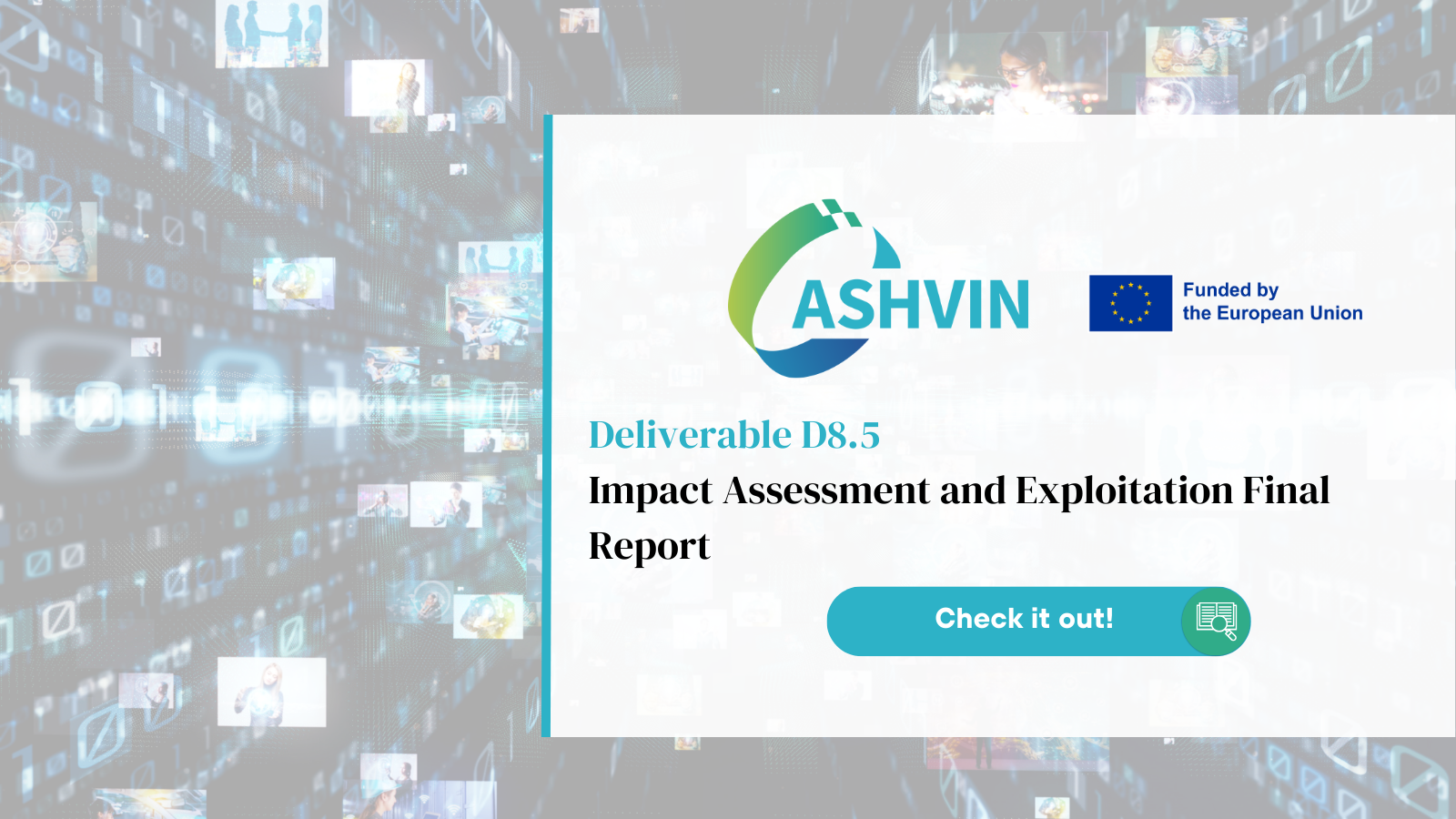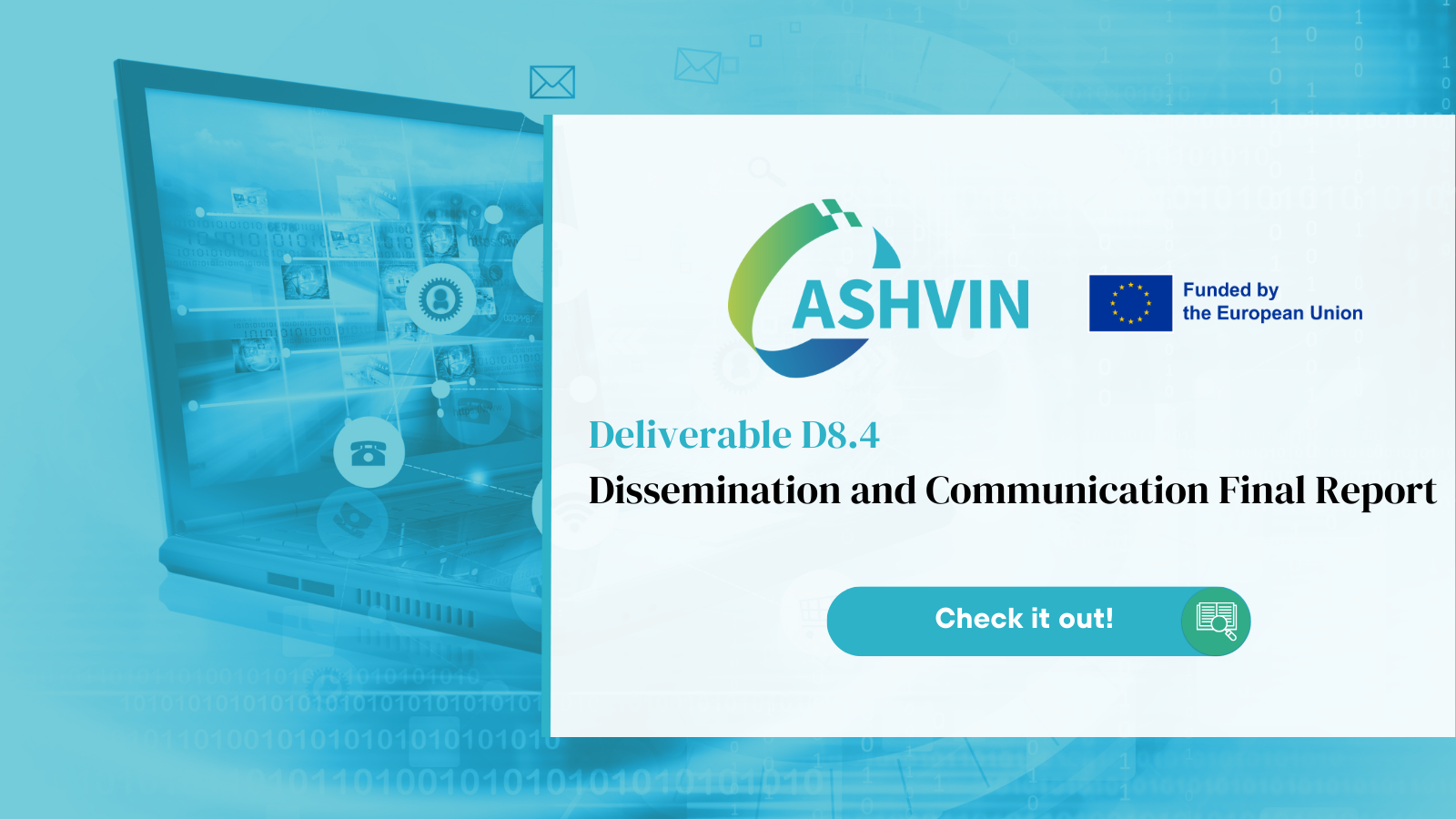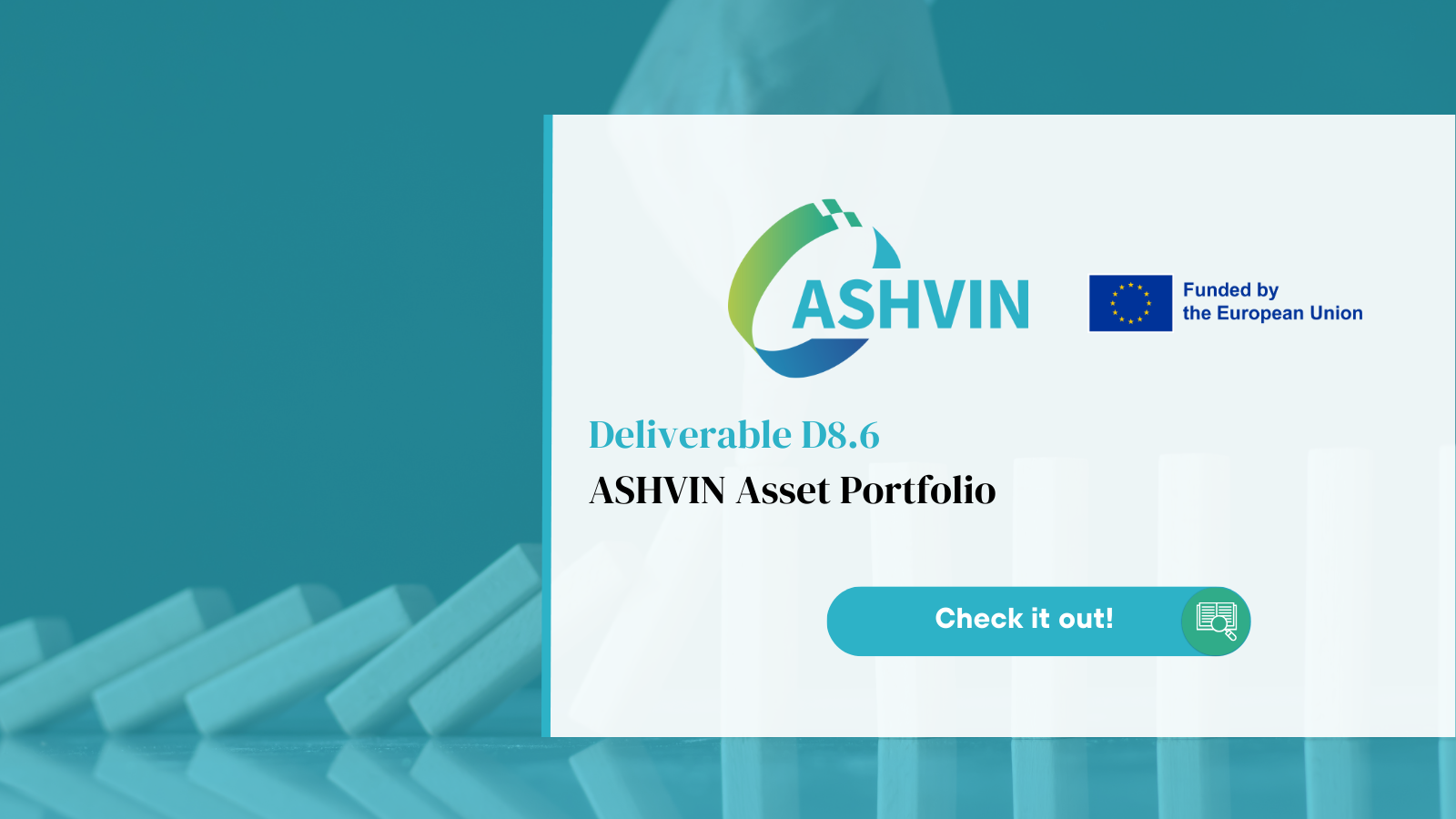In ISO/IEC Guide 2:2004, standardization is defined as an activity of establishing, with regard to actual or potential problems, provisions for common and repeated use, aimed at the achievement of the optimum degree of order in a given context. Important benefits of standardization are improvement of the suitability of products, processes and services for their intended purposes, prevention of barriers to trade and facilitation of technological cooperation. Standardization supports the social and economic development by ensuring safety, quality and competitiveness of products, services and processes on various levels (e.g. performance, composition, interoperability, applicability and many more). This in turn supports economic activity of businesses of all sizes and allows them access markets all over the world.
Standardization is governed by the principles of consensus, openness, inclusiveness, transparency, national commitment and coherence as outlined in the Agreement on Technical Barriers to Trade of the World Trade Organisation (WTO TBT Agreement) of 25 October 2012 on European standardisation.
The output of standardization is standards.
According to ISO/IEC Guide 2:2004, a standard is a document, established by consensus and approved by a recognized body, that provides, for common and repeated use, rules, guidelines or characteristics for activities or their results, aimed at the achievement of the optimum degree of order in a given context. Standards are voluntary in their application and should be based on the consolidated results of science, technology and experience, and aimed at the promotion of optimum community benefits. Standards are initiated and drafted by stakeholders such as industry, incl. SMEs (Small and Medium Enterprise), public authorities, research organisations, societal and environmental stakeholders, consumer organisations, trade unions and conformity assessment bodies.
If you want to learn more about standards, please download our official deliverable D6.1 Standardization Plan and connect with us through our LinkedIn or our Twitter communities!





